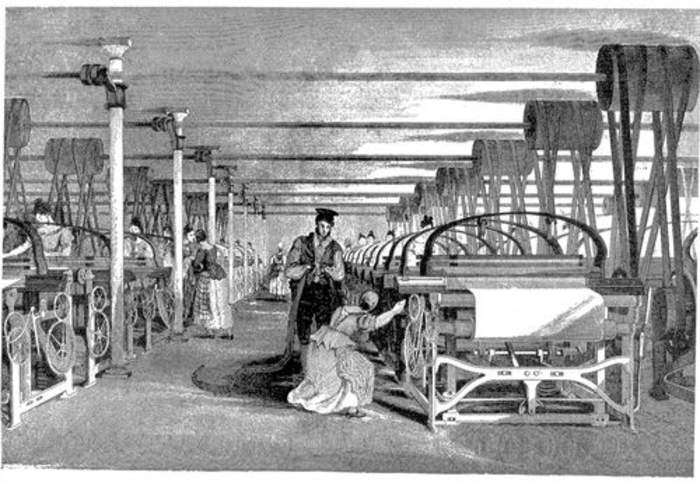
This Is Why We Eat Chocolate Bunnies for Easter
This Is Why We Eat
Chocolate Bunnies
for Easter.
Though Easter is
celebrated by Christians
remembering..

The Industrial Revolution, sometimes divided into the First Industrial Revolution and Second Industrial Revolution, was a period of global transition of the human economy towards more widespread, efficient and stable manufacturing processes that succeeded the Agricultural Revolution. Beginning in Great Britain, the Industrial Revolution spread to continental Europe and the United States, during the period from around 1760 to about 1820–1840. This transition included going from hand production methods to machines; new chemical manufacturing and iron production processes; the increasing use of water power and steam power; the development of machine tools; and the rise of the mechanized factory system. Output greatly increased, and the result was an unprecedented rise in population and the rate of population growth. The textile industry was the first to use modern production methods, and textiles became the dominant industry in terms of employment, value of output, and capital invested.
This Is Why We Eat
Chocolate Bunnies
for Easter.
Though Easter is
celebrated by Christians
remembering..
Travis Kelce's in his Industrial Revolution era ... trading horseback riding for car racing -- 'cause he just arrived at the 2024..